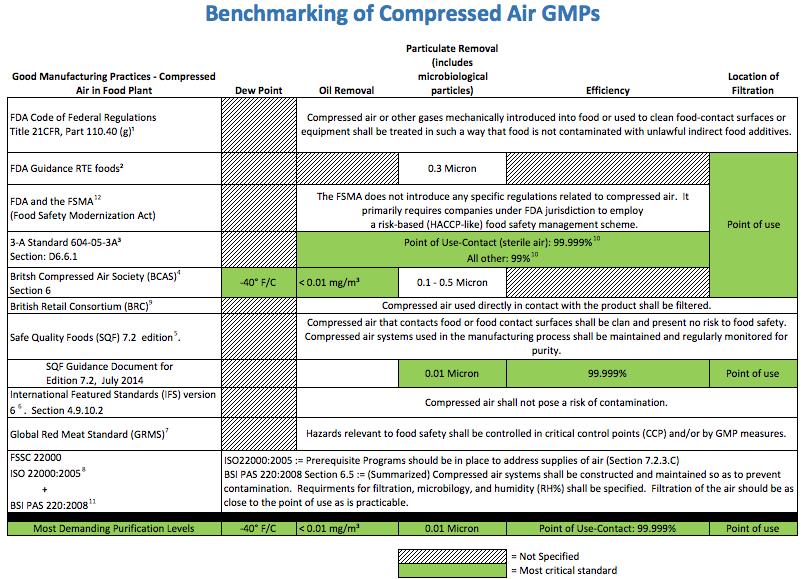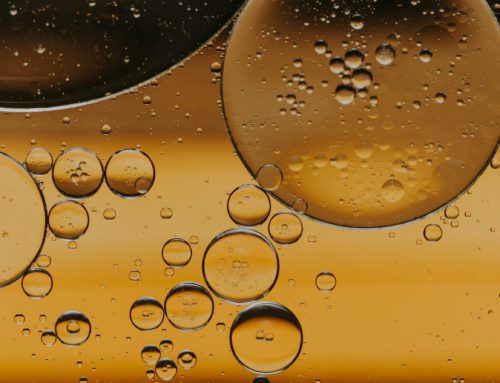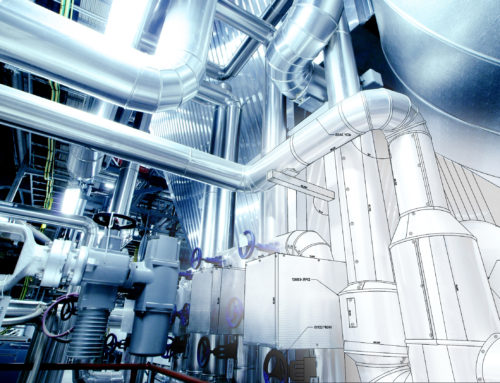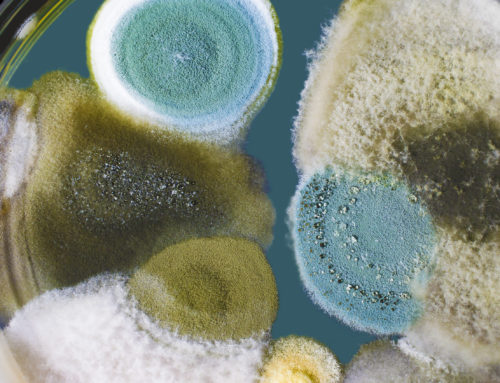The designation of ISO 8573-1 Purity Classes for compressed air includes the specification name and edition date, followed by the purity class number(s) in brackets. The designation is presented in the following order and separated by a colon: ISO 8573-1:2010 [Particles:Water:Oil]* where:
- P is the Purity Class for Particles (Classes 0 to 7, X)
- W is the Purity Class for Water (Classes 0 to 9, X)
- O is the Purity Class for Oil (Classes 0 to 4, X)
*ISO 8573-1 actually uses the letters ABC, but for this purpose, PWO makes it easier to remember the correct order.
Specification Example #1: ISO 8573-1:2010 [2:2:1]
This indicates Class 2 for particles, Class 2 for water, and Class 1 for oil.
Specification Example #2: ISO 8573-1:2010 [2:-:1]
This indicates Class 2 for particles, no specification for water, and Class 1 for oil.
When a class for any particular contaminant (either P, W, or O) is not specified, the designation shall be replaced by a hyphen (as seen in Example 2). This indicates that water is not classified.
Specification Example #3: ISO 8573-1:2010 [1:2:0 (0.001)]
This indicates Class 1 for particles, Class 2 for water, and Class 0 for oil with a limit of 0.001 mg/m3. When requesting filtration or analysis to Class 0, always provide a limit that is more stringent than Class 1.
The use of the term Class 0 is frequently misunderstood and misused. When specifying air quality that meets Class 0, the limit MUST be included in the designation, AND it must be more stringent than Class 1 (Refer to Example 3). Class 0 does not mean that there are zero contaminants.
Read about testing with ISO 8573-1:2010 in the manufacturing industry.











